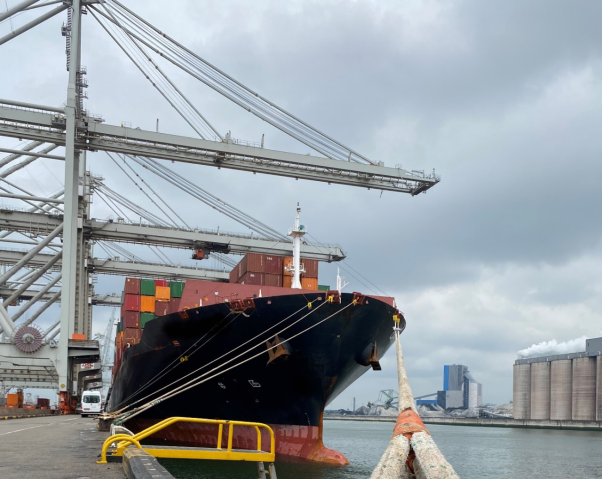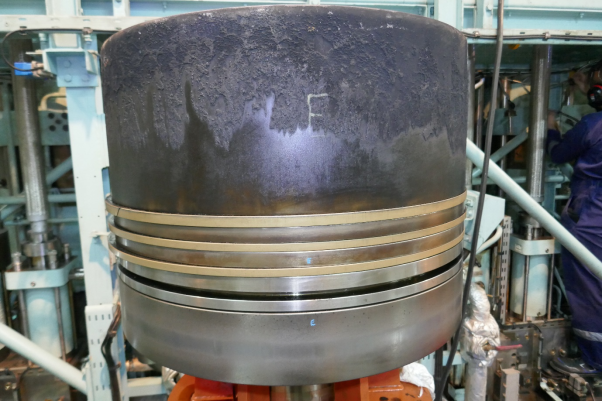When the IMO's fuel sulphur limit came into effect on 1 January 2020, the resulting use of low sulphur fuel created a challenge to lubrication. The familiar balance between acidic high-sulphur fuels and high base-number (BN) alkaline lube oils had to be replaced by somehow maintaining cleanliness in the engine with a less alkaline, lower-BN, lube oil.
Engine designer MAN Energy Solutions (MAN ES) alerted the industry to the potential impact of low-sulphur fuels in an April 2019 service letter,
SL2019-671/JAP, nearly nine months before the sulphur cap came into effect.
A year later, in May 2020, MAN ES issued another service letter,
SL2020-694/JUSV, which set out a new cylinder oil strategy “where the objective is to raise the performance level of cylinder oils by dividing them into two performance categories”, termed Category I and Category II.
For its Mk 9 engines and above, the higher performance Category II oils were recommended. Initially only 100 BN and 140 BN oils met the requirements; but the intention was that other lubricant grades, such as the 40 BN oil would, follow.
Chevron Marine Lubricants has now met MAN ES's requirements with its 40 BN Taro Ultra Advanced 40 lube oil, which has passed the two-stage main NOL (No Objection Letter) Service and Confirmation field tests required by MAN ES. These confirm its status as a Category II oil, enabling lower sulphur fuel engine operations with a low-BN oil.
Previously, MAN ES recommended that for their Mk 9 and newer engines, operators should alternate between 100 BN and 40 BN oils, while monitoring the engine by making scavenge port inspections and analysing oil drainage samples.
Taro Ultra Advanced 40 is one of the first oils in this product profile. It complements Chevron Marine Lubricants' Taro Ultra 100 and Taro Ultra 140 higher BN products, which are already rated as Category II oils. It is designed for use with a range of low and zero sulphur fuels, including VLSFO, ULSFO, LNG and methanol and will become available across Chevron's extensive global supply network in the second half of 2022.
The performance requirements included extensive field tests on vessels with MAN 8G80ME-C9.2 engines. Whereas earlier the ships had operated with 40 BN cylinder oil {MAN ES Category I} and VLSFO, alternating with 100 BN oil {MAN ES Category ii} to keep the engines clean, extended use with Taro Ultra Advanced 40 delivered a significant improvement. It was no longer necessary to alternate between two products to have excellent engine cylinder conditions. Furthermore, having a single product for all operational conditions reduces operational complexity for the crew.


 Ningbo Containerized Freight Index Weekly Commentar
Ningbo Containerized Freight Index Weekly Commentar  Ningbo Containerized Freight Index Weekly Commentar
Ningbo Containerized Freight Index Weekly Commentar  Ningbo Containerized Freight Index Weekly Commentar
Ningbo Containerized Freight Index Weekly Commentar  BIMCO Shipping Number of the Week: Bulker newbuildi
BIMCO Shipping Number of the Week: Bulker newbuildi  Ningbo Containerized Freight Index Weekly Commentar
Ningbo Containerized Freight Index Weekly Commentar  Ningbo Containerized Freight Index Weekly Commentar
Ningbo Containerized Freight Index Weekly Commentar